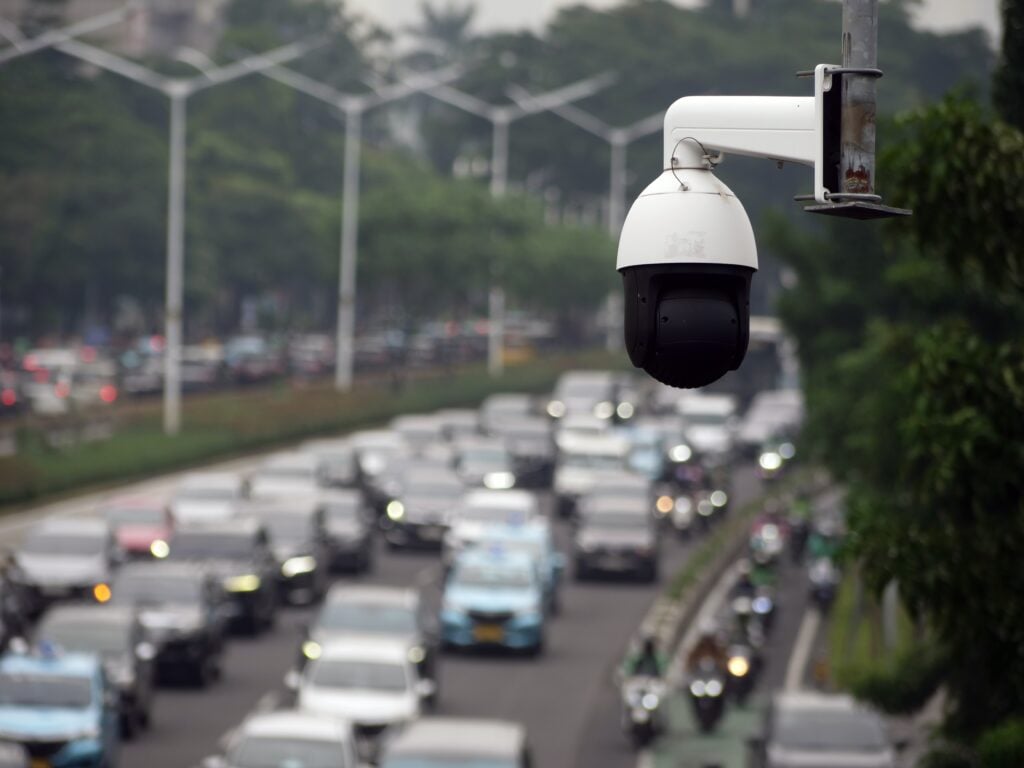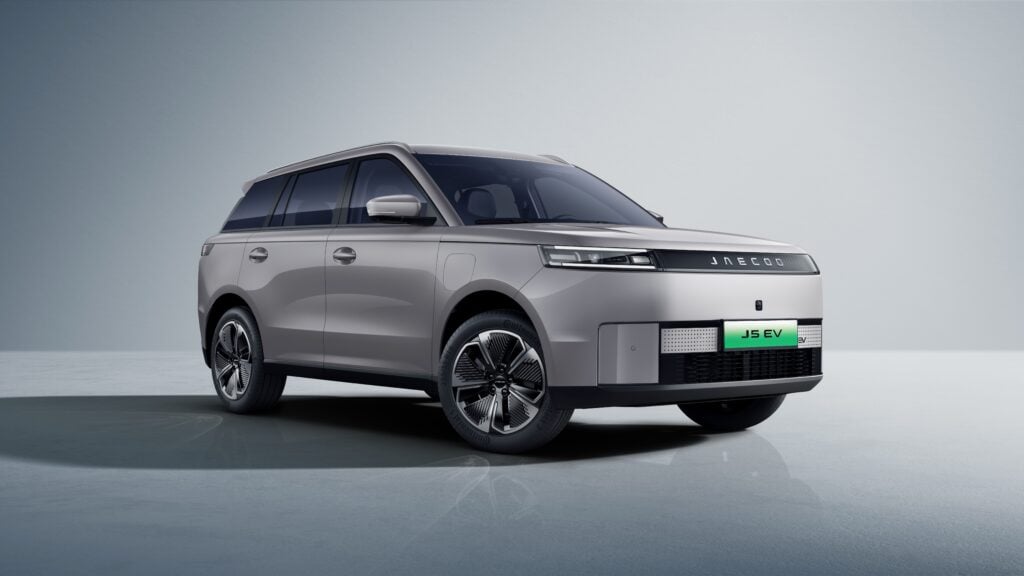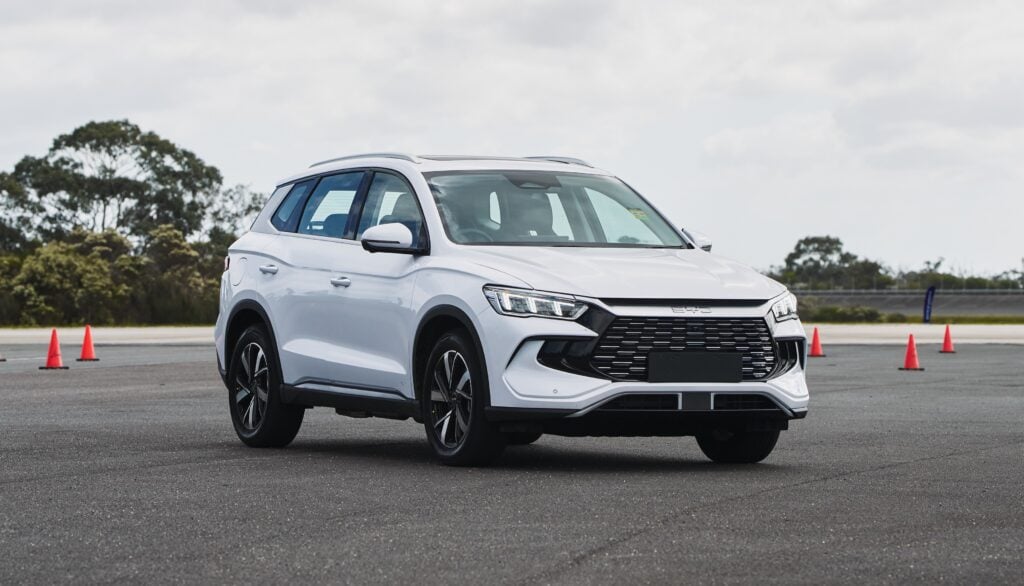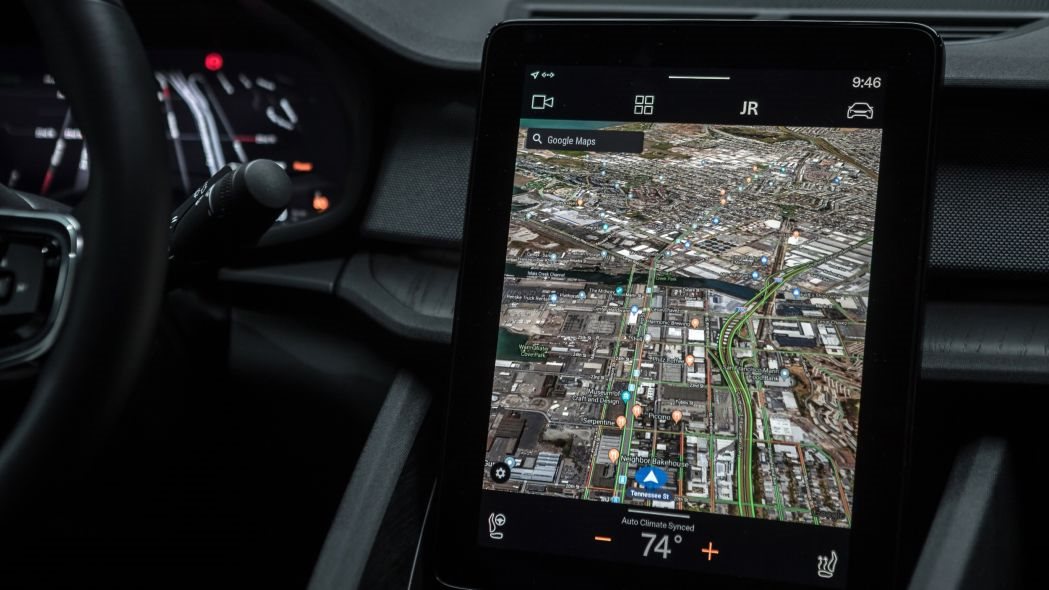
In 2017, Google started a war. It announced a new generation of in-car infotainment, one based on Google’s Android operating system called Android Automotive that could see the death ofApple CarPlay and the rise of Google as the preferred developer of in-car infotainment operating systems.
So far, its confirmed partners include Volvo, Audi and Fiat Chrysler, with the first car to debut the system to be Volvo’s Polestar 2 EV, as seen at Geneva Motor Show earlier this year and slated to arrive in Australia in 2021 as a rival for the incoming Tesla Model 3.
Android Automotive, explained here and here, would no longer be like Apple CarPLay or Android Auto, a mirrored version of your phone, but an integrated infotainment system inside the car that would arrive as a template, letting automakers mould it to their own needs.It’s designed to be a system that would preclude you from ever reaching for your phone while driving ever again.
And if you use Google products including (deep breath) YouTube, Gmail, Maps, Google Photos, Chrome, ChromeCast, Drive, Google Flights, Docs, Sheets, Slides, Waze, Google Pay, Google Contacts, Google Calendar, Google Drive, Google Plus, Google Play, Google Home, or even Wear OS and Blogger, it could form a system that would know you better than you probably know yourself.
Off the back of the news that Google will allow third-party app developers to get their hands on Android Automotive, the tech giant revealed more details overnight at its enormous tech conference, Google I/O 2019, that may shake Apple to its core.
Android Automotive: a deeper view
Uncluttered and simple to use, Android Automotive is designed to appear like a smartphone. It’s best illustrated here on this web-based version of the Polestar 2’s Android Automotive operating system, the first example of Android Automotive we’ve seen.

As shown in the Polestar 2, Google’s operating system will do away with keys and key fobs altogether (except for in emergencies), and instead, use Bluetooth to sense the car’s owner on approach via a paired phone. Of course, this is not a new technology and it’s something that has been in development for car sharing and mobility solutions for some time. It’s also been a feature that Tesla has had in play for years now.However, this could be among the first smartphone keyless entry systems to appear in a mainstream manufacturer car – and curiously, could be one that is exclusive to Android, forcing Apple users to make the switch (though, that is unclear).
What does that mean for security in the case your phone is stolen? Presumably, Google will borrow something like Tesla’s PIN to Drive feature that asks users to enter a security password/PIN before the car will start.
Android Auto is much more than just a navigation or entertainment system. Users will be able to communicate with Google Assistant (more on that below) for hands-free commands, pull real-time data from traffic, control climate systems and view cameras.
In the case of the electric Polestar 2, it will also show battery range and charge information – using Maps, it will even estimate how much range you need to get to your destination and where you can stop to charge along the way.
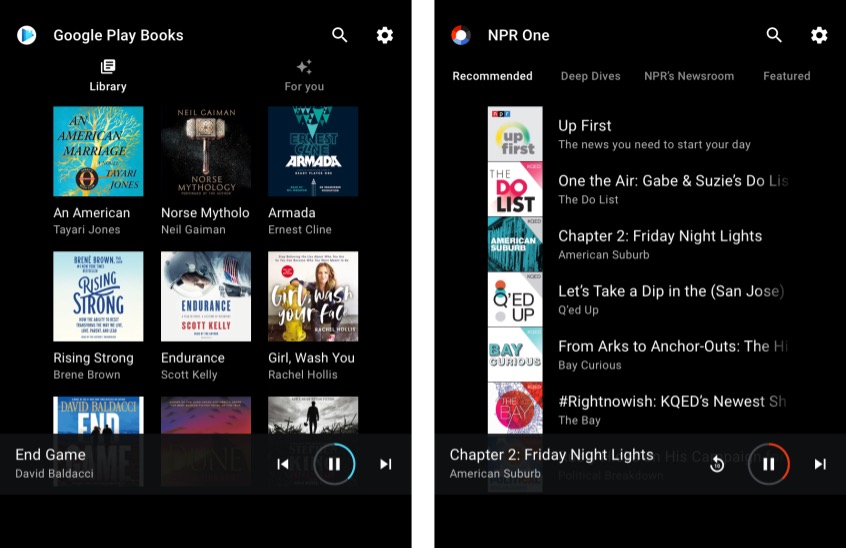
Like Tesla, Android Automotive OS will update its software over the air, so there’s no need to worry about bug fixes or app updates. Google has confirmed that you don’t need to be logged into a Google account to use Android Automotive, and many system apps won’t need a data connection via phone, either.
Google Assistant to replace Android Auto Phone App
Google dropped a brand new Android Auto update just yesterday that incorporates a sleek new design overhaul, but it also announced Google Assistant’s ‘Driving Mode’… which kind of renders its Android Auto phone app obsolete, with no more developments or updates to be made.
Fear not, though; this is actually great news for those who don’t have a car enabled with Android Auto. And for those that do, the in-car Android Auto integration with Google Assistant will be improved.
On some cars like Mercedes-Benz Me Connect-equipped cars like the A-Class, or Hyundais with Blue Link (like the Kona), Google Assistant’s voice activation will work with some of the car’s HVAC controls.
Google Assistant will soon be able to do much more, including activating navigation via Google Maps or Waze, and will automatically launch on your Android phone when connected to Bluetooth or with a simple “OK, Google. Let’s Drive!”
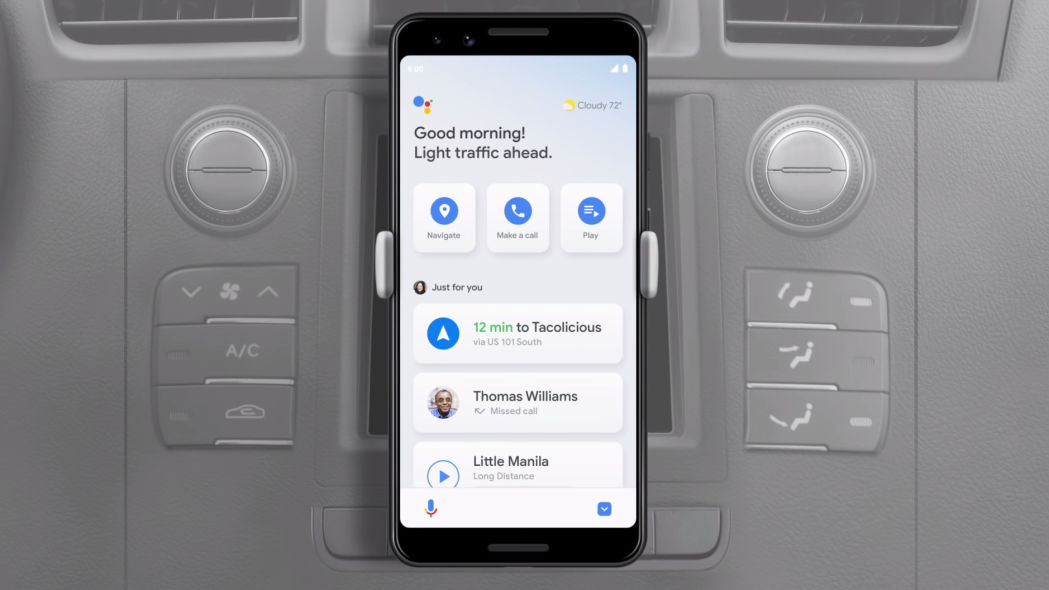
Like Android Auto (and, to be fair, Apple CarPlay), you can also ask it to call or text people in your phone book. Google also says its Assistant will also be able to suggest songs to listen to. Whether it will be able to tell if it’s an ‘Eye of the Tiger’ or ‘Thank You, Next’ kind of day just by your driving style is still unknown. Scarily, the technology for that level of intelligence (if you’re an emotional driver) is actually here…
For those that have a connected home that operates via Google’s home apps, a Google Assistant-integrated car might one day have the ability to remotely control your home or office air-conditioning, check your security system, spy on your neighbours, turn your lights on, heat up something in your microwave, order dinner to be delivered and feed your pet… all via a simple “OK, Google!”
Google Car Sequel?
Waymo, Google’s infamous self-driving car project is still out there driving around Arizona, but Android Automotive proves that the company is certainly not done with this space. The difference is that this time, it’s letting the companies with decades of manufacturing experience take the lead on the moving parts.
While Google hasn’t suggested it will use Android Automotive to pursue autonomous vehicle technology, it certainly has the means to. If you take Android Automotive’s integrated technology and throw in with Google’s already-existing visual recognition tech like Google Lens and Google Photo, road knowledge from Google Street View and Waze; and the advanced AI/machine learning from Google Assistant, it makes for a pretty compelling argument that it could create a more refined Waymo project… if it wanted to.
Now, before we all put on our tin foil driving hats, consider the pros – Google may be a mega information superpower conglomerate, but who would you rather give your driving data to? A giant company who already has access to your photos, digital footprint, emails and private internet searches, and who is under immense pressure to get data protection, privacy, security and the nuts and bolts of an operating system right… or an industry we can’t always trust to truthfully report its own fuel consumption figures correctly?
In the grand scheme of things, this move by Google leaves car makers to concentrate on the things they know best – making cars.
Could this be a hit or miss? Is Google borrowing a bit too much from Tesla? As always, tell us how you feel about Google’s automotive domination in the comments below.

